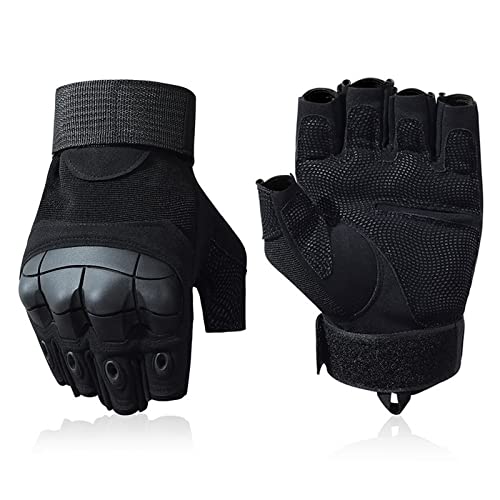mcatrophy
Privileged to ride a 2018 FJR1300AS
I think you'll find there are more people in the world using the metric system rather than the imperial, so perhaps it would be easier for the Americans to adopt it?See, that's exactly why the metric system should be abolished world-wide: because Americans use feet, pounds, quarts, and acres.
NASA has done some amazing things, including landing and retrieving a handful of humans on the moon, and now SpaceX is doing stuff that stretches my imagination.
Or, do like we English.
- Buy our petrol (gas) in litres, but measure our vehicles consumption in miles per gallon.
- Measure our road distances in miles, but have kilometre markers on motorways and put our countdown signs approaching a turn-off ("off ramp") at 100 metre intervals.
- Buy our milk in containers marked 1.136 litres, which coincidentally is 2 pints (that's UK pints, not USA pints).
- Our television weather forecasters use degrees Celsius, but usually say "That's 43 Fahrenheit" at the end.
- Buy timber in length multiples of 300mm, which we called "metric feet" when we went metric.
- Independent grocers sell vegetables in pounds and ounces, but by law they have to have kilogram scales.
- Ballon height records are usually quoted in metres, aircraft heights are usually quoted in feet.
- Tyre sizes are quoted with wheel diameters in inches but widths in mm. And I don't think we are the only ones who do that
.

And I have total admiration for NASA and its achievements. The success-to-failure ratio is remarkably good considering the amount of totally new science and engineering.
But I do love to pick up on the (very rare) stupid mistake




















































